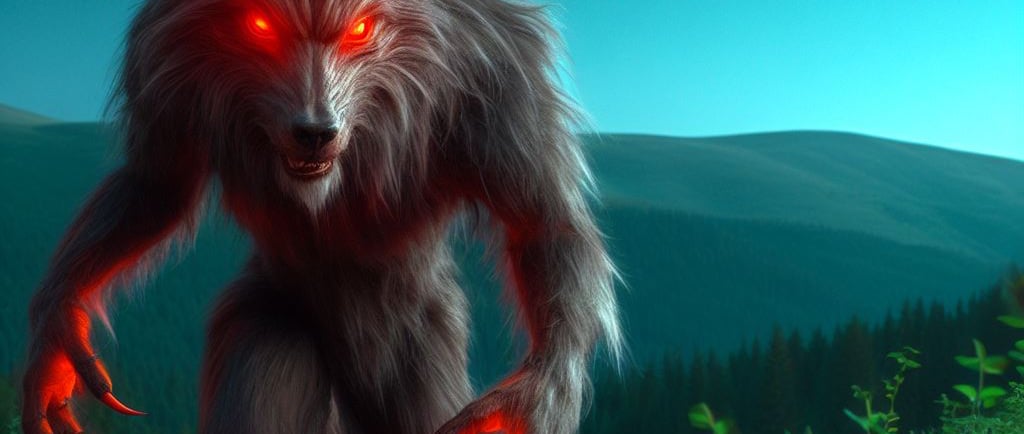Old Stinker
The East Yorkshire Werewolf known as Old Stinker
FOLKLORE FEATURED


I’ve touched on Old Stinker in an earlier issue of the newsletter but let’s now intertwine the strands of folklore and reality as we explore the story of this strange creature.
Old Stinker, also known as the “Beast of Barmston Drain” and “the Werewolf of Flixton”, has been a part of Yorkshire folklore since the 1100’s, with at least seven modern day sightings reported as recently as 2016.
Old Stinker is reputed to stand eight feet tall, possess glowing red eyes, and a bushy tail so strong it could knock someone off their feet. His breath is said to be extremely foul, hence the moniker Old Stinker.
In folklore and film, a werewolf is an individual who can shape-shift into a wolf-like creature. The transformation of a man into a werewolf is termed lycanthropy. Some suggest this term originates from the name Lycaon, a king in Greek mythology who was turned into a wolf by Zeus. However, it appears to derive from the ancient Greek words “lukos”, meaning wolf, and “anthropos”, meaning man. The Old English term “werwulf” (man-wolf) evolved into the modern-day word werewolf.
Werewolf trials were prevalent across Europe during the 15th, 16th, and 17th centuries, coinciding with the witch trials. However, a conviction of lycanthropy carried a far harsher penalty than those meted out to alleged witches.
While I found no evidence of such trials in England, there are gruesome accounts from the continent. The most horrific execution was that of Peter Stumpp/Stumpf, known as ‘the Werewolf of Bedburg’, in 1589. A German farmer and purported serial killer, he was accused and convicted of werewolfery. His punishment was so brutally severe that I prefer not to detail it here. For those interested, more information is available online.
One proposed cure for lycanthropy was the medicinal use of Wolfsbane, also known as Monkshood. Despite producing a beautiful flower, this plant is highly toxic and can cause cardiac arrest and respiratory paralysis even just touching it can cause major problems . Thus, this so-called cure seems more likely to result in death or serious illness. Interestingly, folklore also cites Wolfsbane as a werewolf repellent and killer.
Returning to our local werewolf, Old Stinker. In May 2016, the Express newspaper reported a woman’s account of witnessing a man transform into an eight-foot werewolf near Barmston Drain, just outside Hull. She described the creature as “standing upright one moment and running on all fours the next. It then leapt 30ft over to the other side of the embankment and disappeared into some allotments.”
On another occasion, Hull & East Yorkshire News reported a claim of a “tall and hairy” beast jumping an 8ft fence, carrying a German Shepherd in its jaws. This sparked a full-scale werewolf hunt.
Historical accounts of Old Stinker date back to the 1100’s, when a wolf-like creature reportedly killed and devoured farm animals, a young girl, and a shepherd. In the late 18th century, a stagecoach traveling along the York Road near Flixton was ambushed by a “wolf-like monster”. The occupants fired shots to fend it off. In the 1960s, a lorry driver reported seeing two glowing red eyes. When he slowed down to investigate, a “huge wolf-like creature” lunged at the lorry and attempted to break through the windscreen.
Whether Old Stinker is a product of myth or a real entity lurking in the moonlit nights remains a captivating mystery.
So, dear traveller, as you tread the moon kissed paths of the Yorkshire Wolds, keep a watchful eye for the elusive Old Stinker – the werewolf with a chilling history - and very pongy breath.
